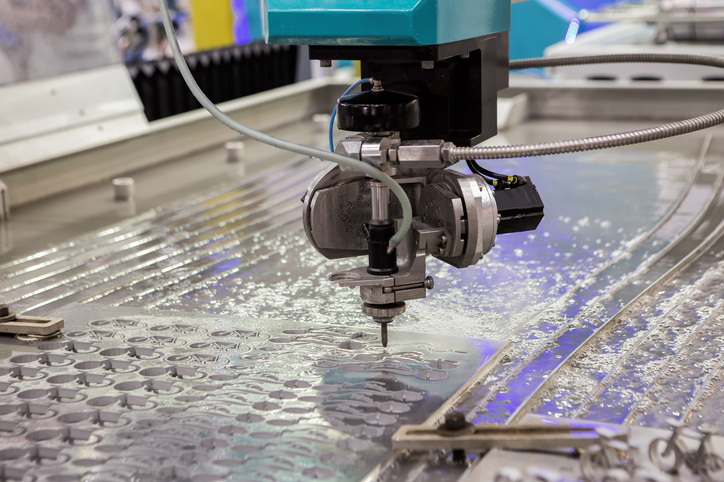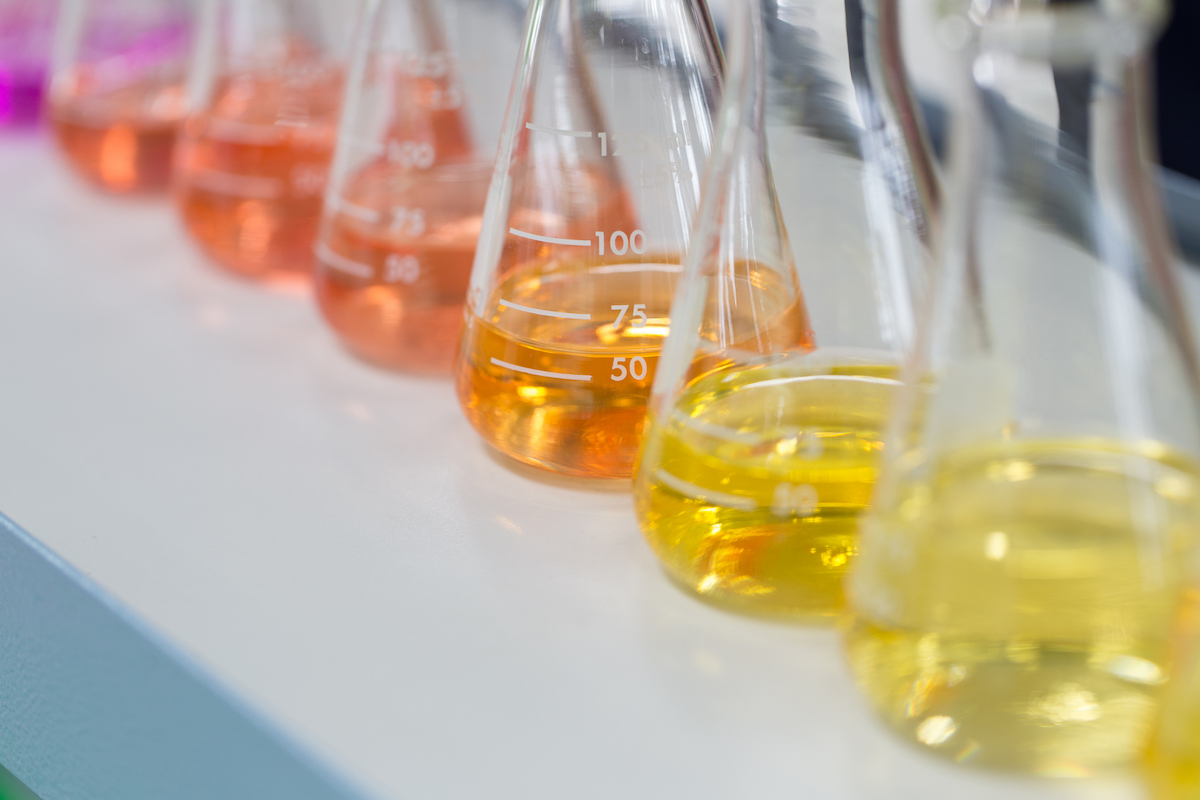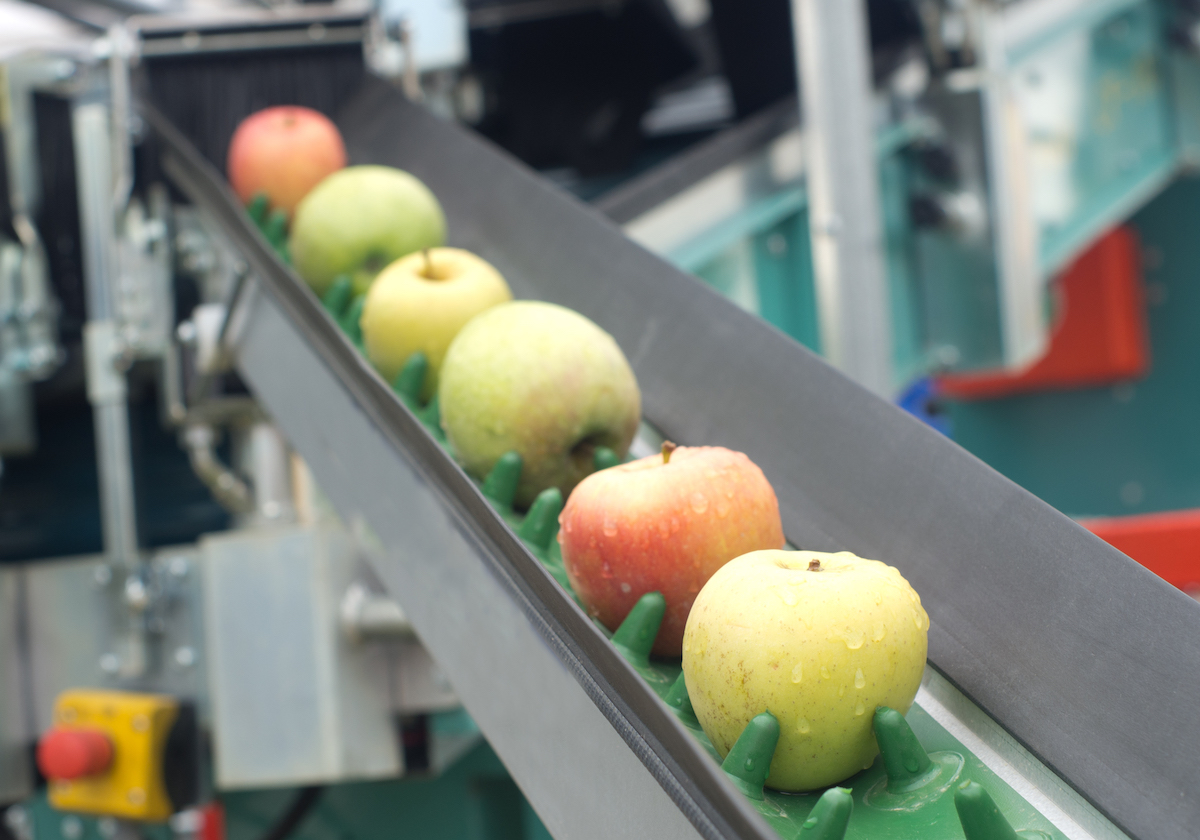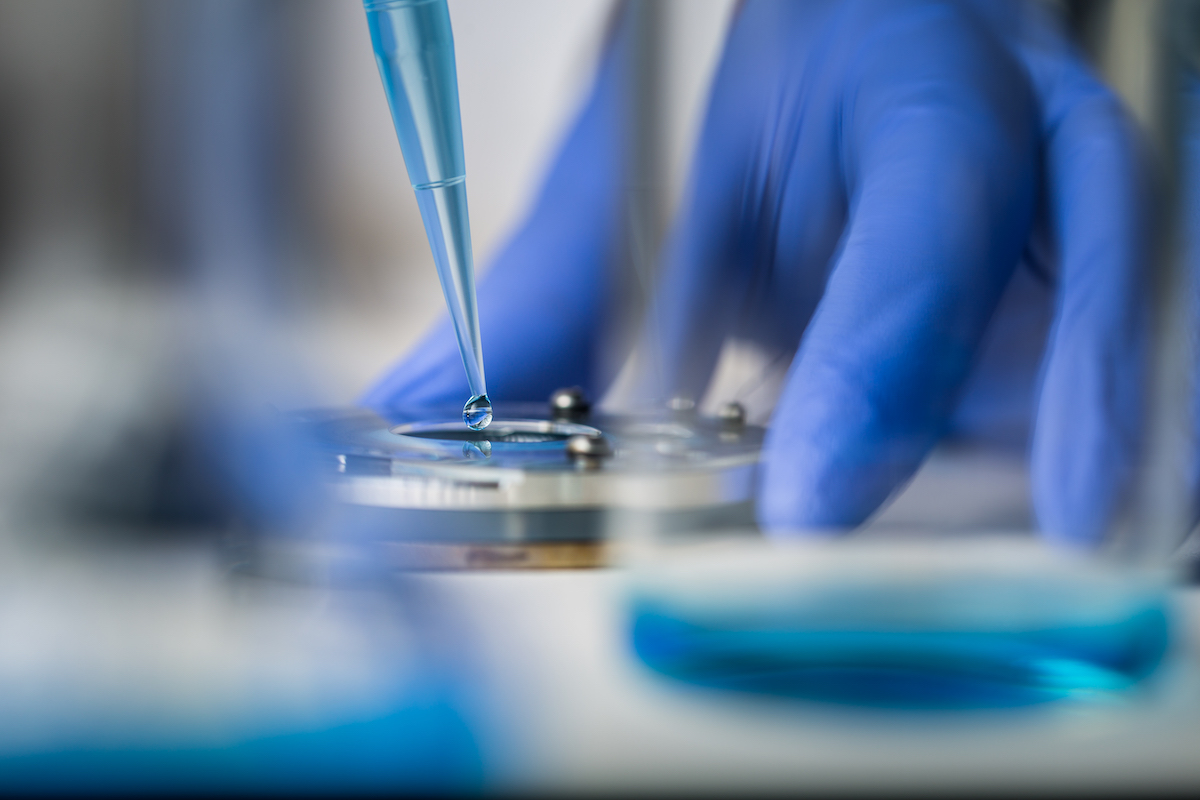During the 2016 Summer Olympics in Rio de Janeiro the swimming pools turned dark green. It turned out that a facility employee had accidentally dumped 160 liters of hydrogen peroxide into the pools, which canceled out the effects of chlorine, thereby supporting the growth of algae and other organic compounds.
Jenco Water Quality Blog
Blog Categories
Recent Posts by Justin Reynolds
What It Takes to Develop a Mobile App for Water Quality Instruments
Mobile apps continue to transform the way we do business. No industry is immune from disruption as more apps enter the market every day. In the water quality industry, apps enable employees to get more done in less time, covering more ground along the way. Instead of having to physically inspect water quality, employees can use mobile apps that complement specific water quality instruments like pH testers and conductivity testers to track important data on their phones, keeping tabs on water stored in various locations from one device. This enables them to monitor more water in more locations more efficiently.
Calibration Tips 101: 4 Tips for Maintaining pH Meters and Probes
Imagine you’re using a ruler to measure something in inches. There’s just one problem: The space the ruler claims is an inch is actually 6/8 of an inch. If you didn’t know that, none of your measurements would be accurate.
3 Technology Trends Emerging in the Water Quality Industry
Technology continues to evolve at a rapid clip, giving businesses across all industries the opportunity to get more done more effectively in less time—and with fewer errors. Although the water quality industry might not pop into mind when we think of disruption, the truth of the matter is that technology has drastically improved the way many companies and organizations monitor water quality, helping them move faster and be more productive.
3 Unique Water Quality Challenges Facing Manufacturing Today
Water plays a critical role in the production of many of the things we use in our everyday lives—such as T-shirts, mobile devices, paper, oil, metals, medications, and more. You might be surprised to learn that 659 gallons of water are used to produce a single T-shirt and that 3,190 gallons are needed to produce a single smartphone. Water is also extremely important in the production of the foods we eat and the beverages we drink; if water is contaminated, consumers might get sick. Beyond that, manufacturing organizations need to use water to keep their facilities clean, and they also have to figure out what to do to dispose of wastewater, which is one of the biggest byproducts of manufacturing.
Why Conductivity Is Important in Purified Water Quality Testing
Conductivity measures water’s ability to conduct electricity due to the presence or absence of certain ions.
While pure water conducts electricity poorly, water that has certain chemicals or elements in it, and at varying amounts—including sodium, magnesium, calcium, and chloride—is a better conductor of electricity.
A Breakdown of the Uses of pH in Different Industries
The pH level refers to how acidic or basic a liquid solution is. Measured on a 0-14 scale, a liquid with a pH level of 7 is said to have a neutral balance of acids and bases; liquids with a pH level lower than 7 are considered acidic; and liquids with a pH level greater than 7 are considered basic.
What Is Water's Role in What We Eat?
Water plays a critically important role in the food and beverage industry as clean water ensures that the products we consume are healthy (and taste good!). On the other hand, when contaminated water is used in the food and beverage manufacturing process, products can’t be sold to the public, and all the money invested to produce the associated batches is wasted. In the event that a contaminated item ends up slipping out into the market, consumers can get sick—resulting in bad press, lawsuits, unhappy customers, and decreased profitability. In a worst-case scenario, such an event may even force a business to close its doors for good.
Key Market Trends That Impact the Water Quality Industry
Water plays an essential role in everything from manufacturing and food production to pharmaceutical development and climate change, so it should come as no surprise that the water quality industry is growing at a rapid clip. One recent study projects that the global water quality monitoring systems industry will reach nearly $6.7 billion by 2025, growing from the $3.8 billion the industry generated in 2017.
How Is Laboratory Water Purity Assessed and Defined?
When scientists conduct experiments with liquids, they need to make sure that those liquids are pure—otherwise, they risk compromising the integrity of their findings. In fact, if metals or dissolved organic materials are present in water, critical research efforts can be completely derailed.









